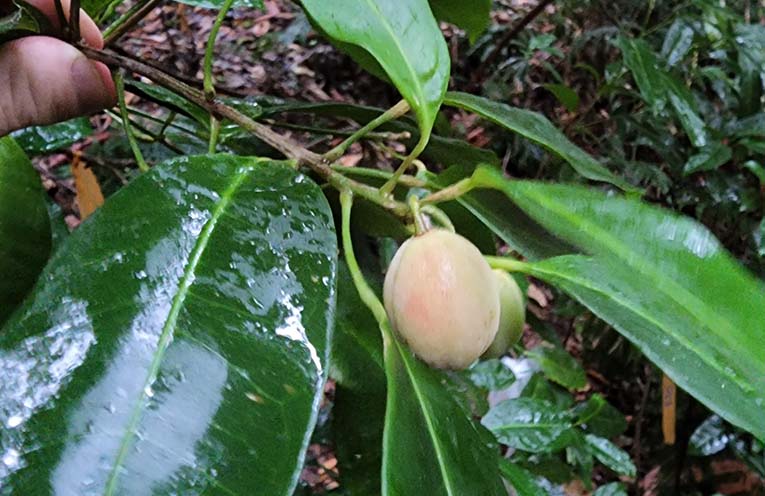
DURING environmental surveys for the Coffs Harbour Highway Bypass, two previously unknown rainforest plant species were discovered, with their fate now in dispute.
The Coffs Harbour Fontainea, with a world population of less than ten plants, is the rarest of rainforest plants in NSW.
 Advertise with News of The Area today.
Advertise with News of The Area today.It’s worth it for your business.
Message us.
Phone us – (02) 4981 8882.
Email us – media@newsofthearea.com.au
The Coffs Harbour Pittosporum is also endangered.
The entire world population of the Coffs Fontainea is within the footprint of the Coffs Bypass and nearly half of the known populations of Coffs Pittosporum is along the route of the bypass at West Korora.
Mark Graham, a concerned local ecologist and author of the Critically Endangered nomination of the plants to the NSW Scientific Committee, said, “Both these species are legally gazetted as Critically Endangered under the NSW Biodiversity Conservation Act”
He said that by listing these plants as Critically Endangered, the Scientific Committee of the NSW Government found their proximity to the Coffs Bypass created a very high risk of extinction.
“This was particularly acute for the Coffs Fontainea because it has such a tiny world population (less than ten individuals), because all known individuals are along or within the bypass route and because clearing, disturbance and fragmentation of its habitat, including increased light penetration, degradation by weeds and the alteration of moisture regimes and wind will impact upon the survival and reproduction of the few remaining individuals,” he said.
Mr Graham said the transplanting of a reproductive female Fontainea has now made this population extinct in the wild.
According to Mr Graham, the plant occupied a remnant of dense sheltered dark and moist subtropical rainforest where its roots were intricately interwoven with the surrounding rainforest trees.
He said the creek and drainage lines that sustain the habitat of these species have been destroyed and diverted and a major excavation has commenced within fifteen metres of all remaining Coffs Fontainea plants, creating fundamentally different physical conditions that will impact adversely upon their reproduction and survival and will probably lead to their extinction.
A spokesperson for Transport for NSW said it is committed to protecting and minimising impacts to these species.
He confirmed that one individual of the Fontainea species, which was in the construction footprint, was recently translocated to a site that expert advice suggested would suit its growth needs.
The spokesperson said the single tree was translocated in strict accordance with the approved Fontainea Management Plan and is showing no signs of stress at this time.
He said the project successfully translocated Pittosporum individuals that were under the construction footprint approximately twelve months ago and they are generally in good condition with new growth on a large number of the translocated plants.
The spokesperson said the propagation of both species by the project is continuing, with more than 100 Fontainea plants actively growing in specialised nurseries and well in excess of 500 Pittosporum propagated successfully to date and that further propagation of Fontainea is planned over the next twelve months.
Transport for NSW is confident it can expand the natural population of the Fontainea and Pittosporum species, which will be protected in perpetuity.
Mr Graham is less optimistic.
“Our world is in an extinction crisis and Transport for NSW has now demonstrably just made this crisis significantly worse than it needed to be,” Mr Graham said.
By Andrew VIVIAN


